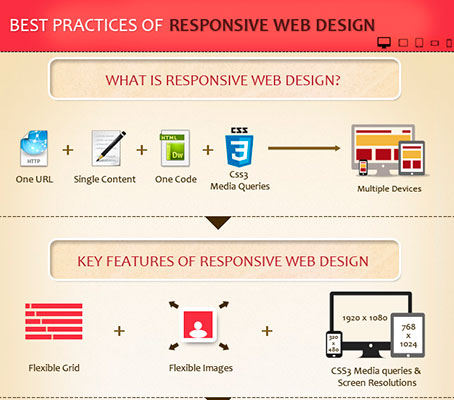The Role Of Shade Psychology In Website Layout
The Role Of Shade Psychology In Website Layout
Blog Article
Uploaded By-Kirkpatrick Fox
Harness the power of color psychology in site layout to improve user engagement and perception. Colors cause emotions, share messages, and influence how individuals interpret your site. They influence habits and decision-making, so pick wisely. https://brandequity.economictimes.indiatimes.com/news/the-pitch-report/bottle-openers-wins-the-digital-mandate-for-equal/92666915 create seriousness, while cooler tones cause relaxation. Contrasting colors aid highlight key elements. Colors shape your brand name identity, reinforcing acknowledgment and link with your target market. By aligning colors with your brand name values and considering your target audience's preferences, you can develop an aesthetically attractive and psychologically powerful site. Your web site's color design can make a considerable distinction in how customers regard and interact with your brand name.
Relevance of Color Psychology
Understanding the value of shade psychology is crucial for producing impactful and engaging web site designs that resonate with your target audience. Shades have the power to evoke feelings, communicate messages, and impact perceptions. By tactically picking the ideal shades for your website, you can boost the general customer experience and leave a long lasting impression.
Shade psychology plays a crucial role fit the understanding of your brand name. source web page have unique organizations and significances attached to them. For instance, blue is commonly connected with trust fund and professionalism, while red can stimulate sensations of excitement or urgency. By aligning the shades on your web site with your brand worths and messaging, you can establish a strong aesthetic identification that attracts and keeps users.
Additionally, https://garrettslfzr.topbloghub.com/36150418/local-seo-vs-typical-search-engine-optimization-recognizing-the-differences can affect user habits and decision-making. Studies have actually shown that specific colors can affect how individuals perceive information and interact with a website. By recognizing the emotional effects of shades, you can develop a site that guides individuals in the direction of certain actions, such as purchasing or signing up for an e-newsletter.
Influence on Customer Behavior
Color selections in web site style can straight affect just how individuals act and connect with the web content presented. When individuals check out a site, the shades utilized can evoke particular emotions and actions that impact their browsing experience. As an example, warm shades like red and orange can create a feeling of seriousness or exhilaration, triggering customers to do something about it rapidly. On the other hand, trendy colors such as blue and eco-friendly tend to have a soothing effect, ideal for advertising leisure or depend on.
Using contrasting colors can accentuate vital components on a website, directing customers in the direction of particular areas like buttons or phones call to activity. Similarly, a well-balanced color scheme can boost readability and navigating, making it easier for customers to find information and involve with the web content. By tactically including shades that straighten with your website's function and target audience, you can efficiently influence user actions and boost general interaction.
Enhancing Brand Name Identification
To establish a strong and recognizable brand name identification with website layout, consider how shade choices can play a vital duty fit just how customers view and get in touch with your brand name. Shades stimulate feelings and associations, making them effective tools for sharing your brand name's values and character. Uniformity in shade use across your web site can help enhance brand recognition and create a cohesive aesthetic identity.
When choosing shades for your site, think of exactly how different colors align with your brand name's message. For instance, blue often represents reliability and professionalism, while green can stimulate feelings of development and eco-friendliness. By including these shade significances strategically, you can improve your brand name's picture and communicate with users on a subconscious degree.
Bear in mind that color psychology isn't one-size-fits-all; it's important to consider your target audience's choices and cultural differences when choosing colors. By leveraging the psychology of shade in your web site layout, you can reinforce your brand identity and leave an enduring perception on site visitors.
Verdict
As you browse the huge sea of internet sites, remember the power of color psychology leading your every click. Like a painter with a combination, developers craft on-line experiences that evoke feelings and shape perceptions.
From soothing blues to vivid reds, each color plays a vital role in recording your interest and affecting your activities. So next time you search the internet, take a moment to value the creativity behind the shades that surround you.
